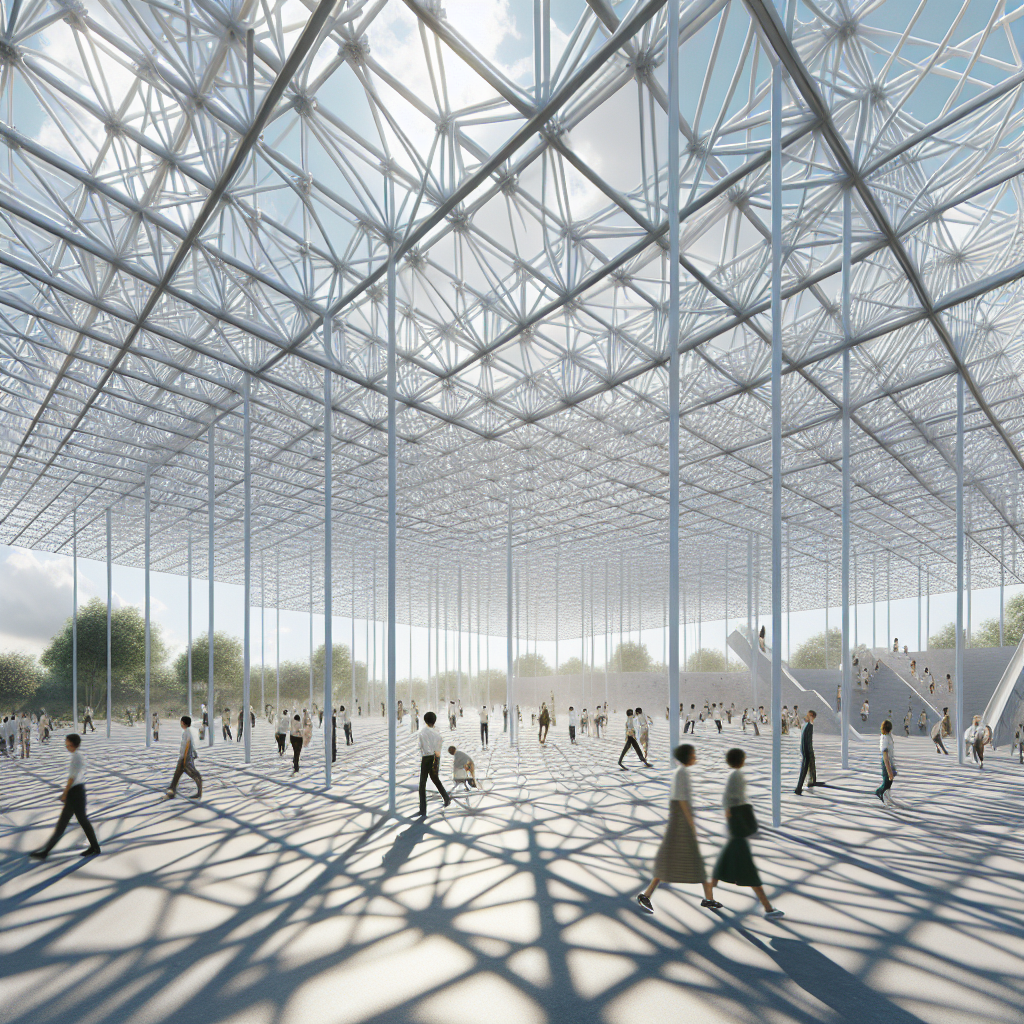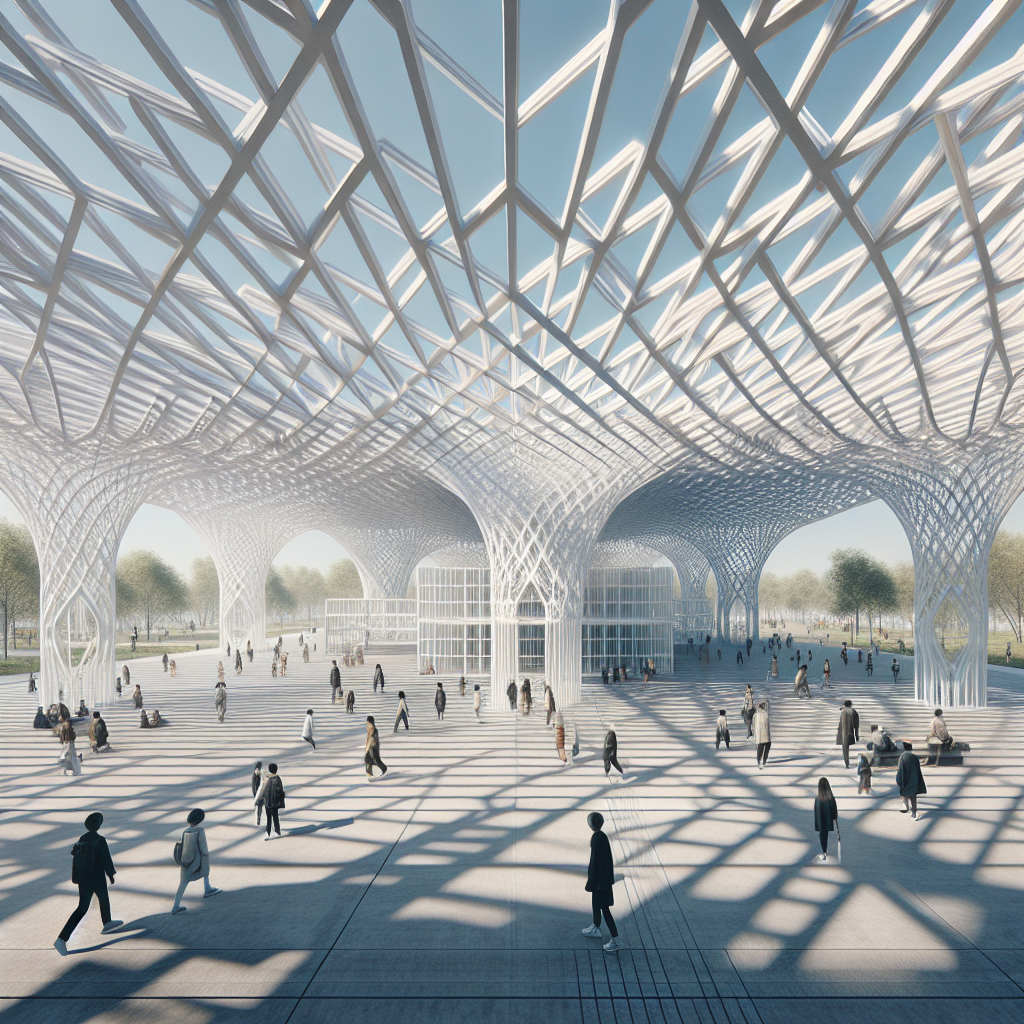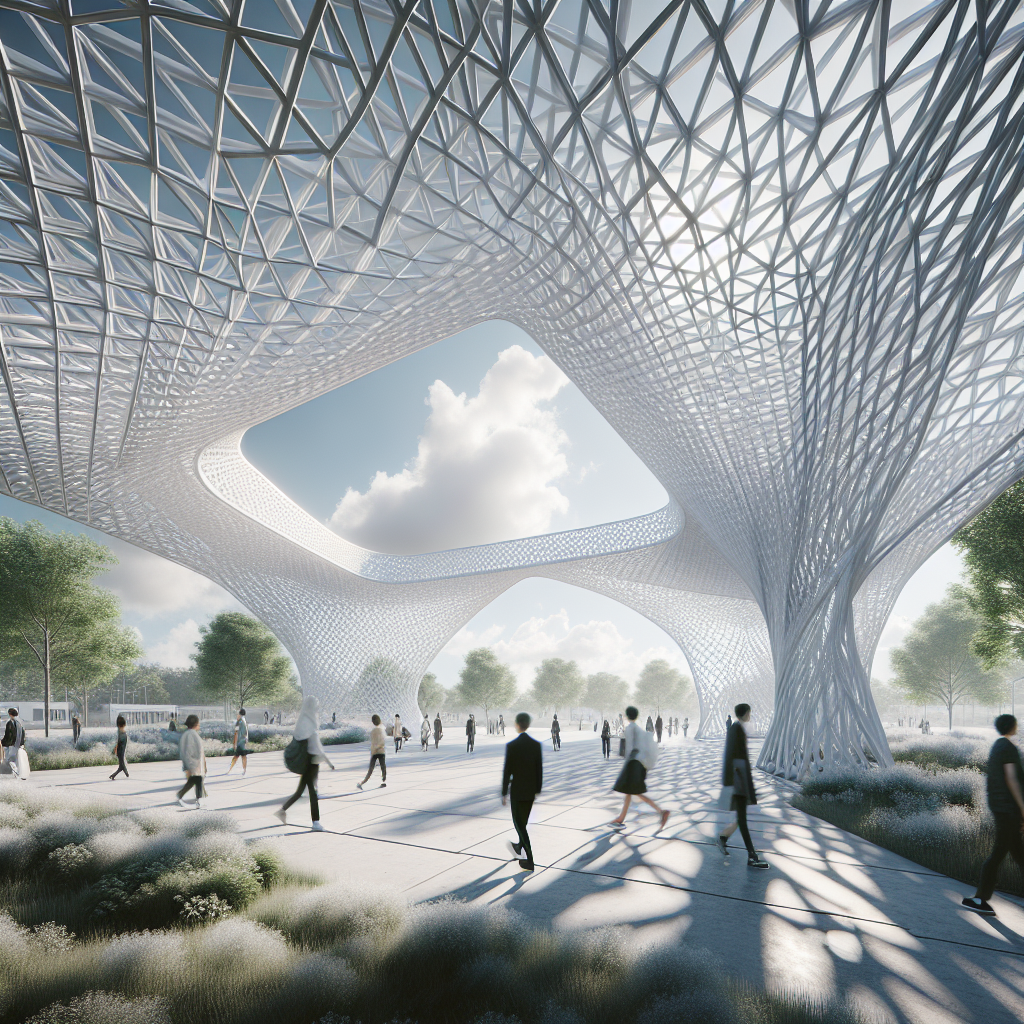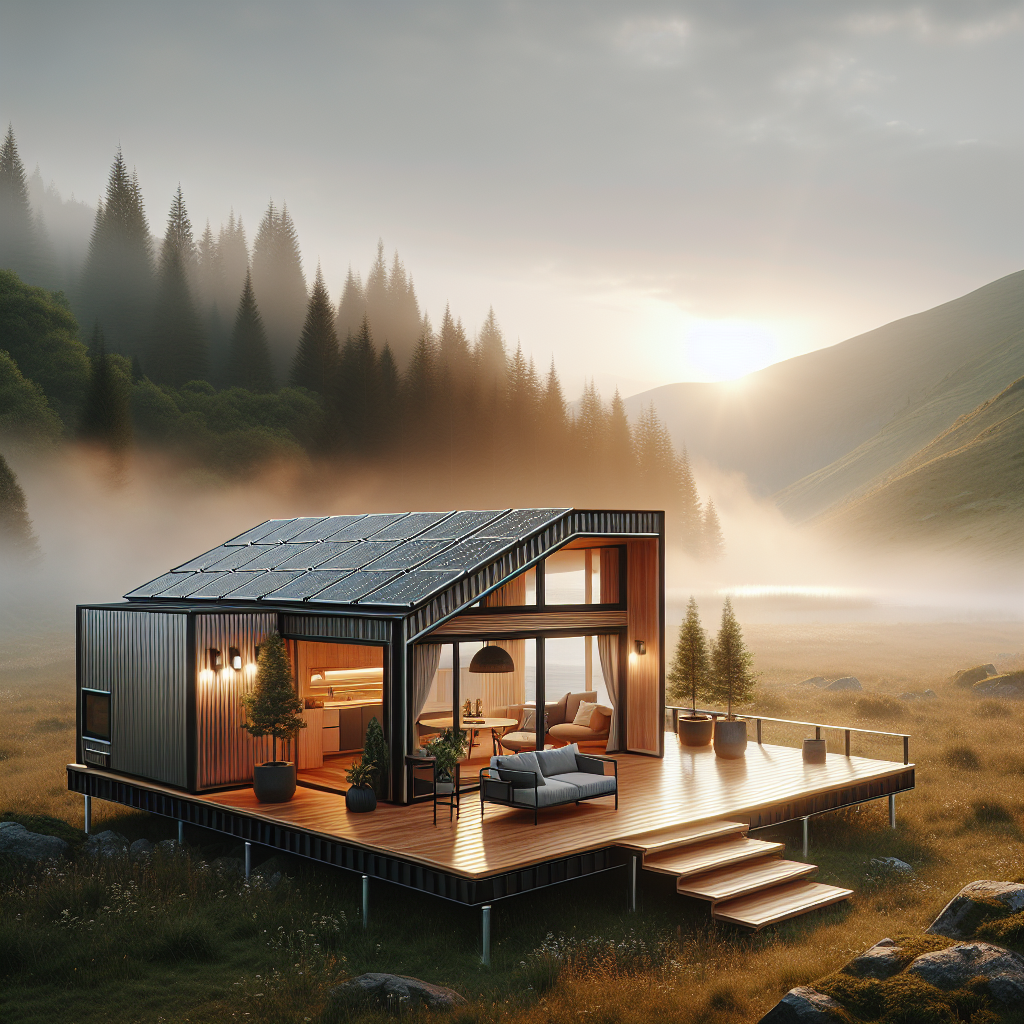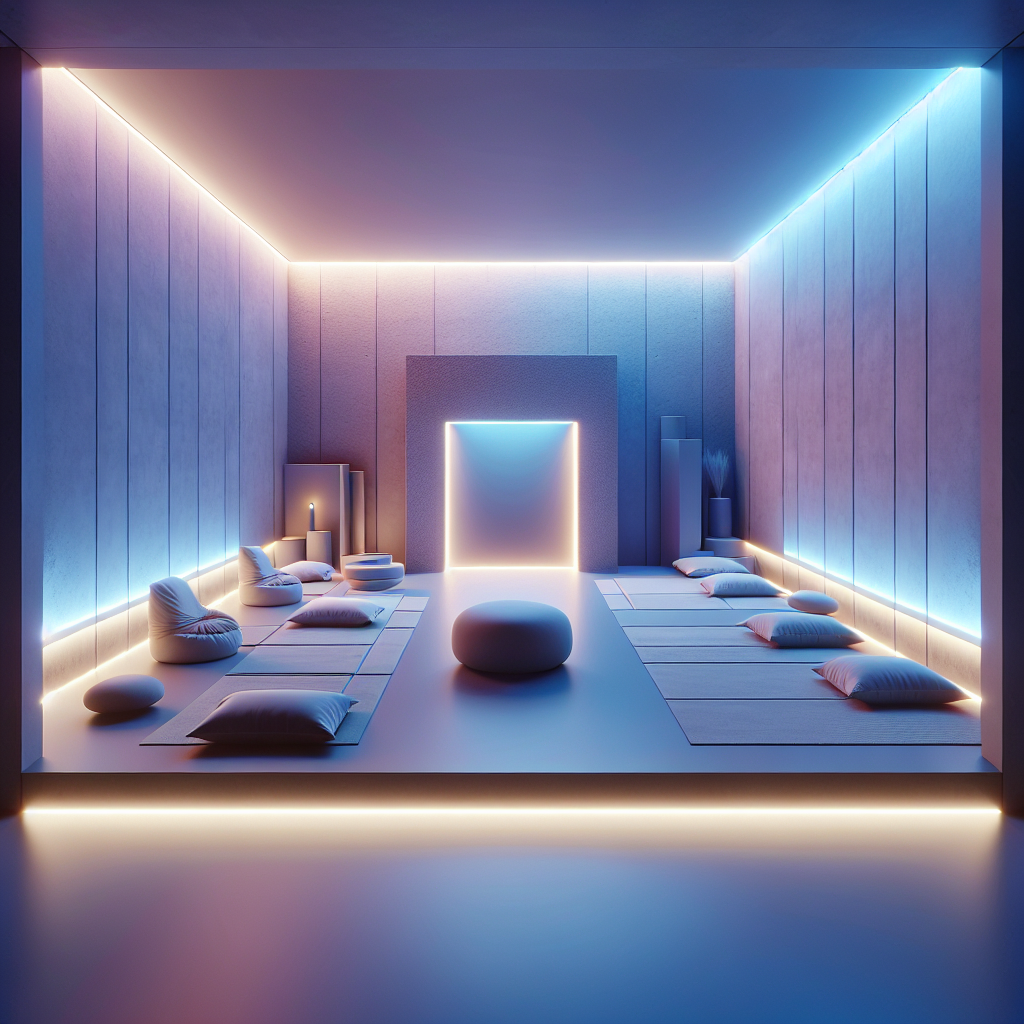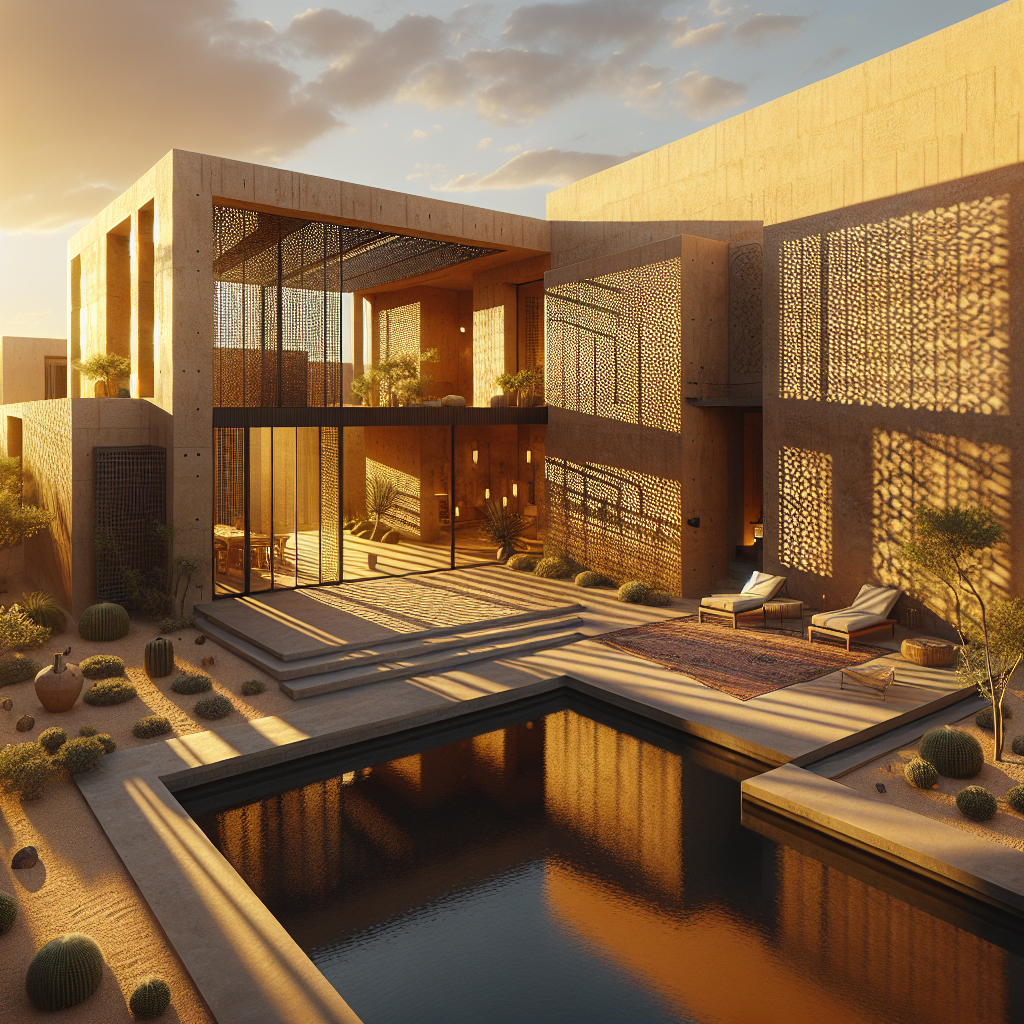Framing empty space: minimal exoskeletons highlighting negative areas
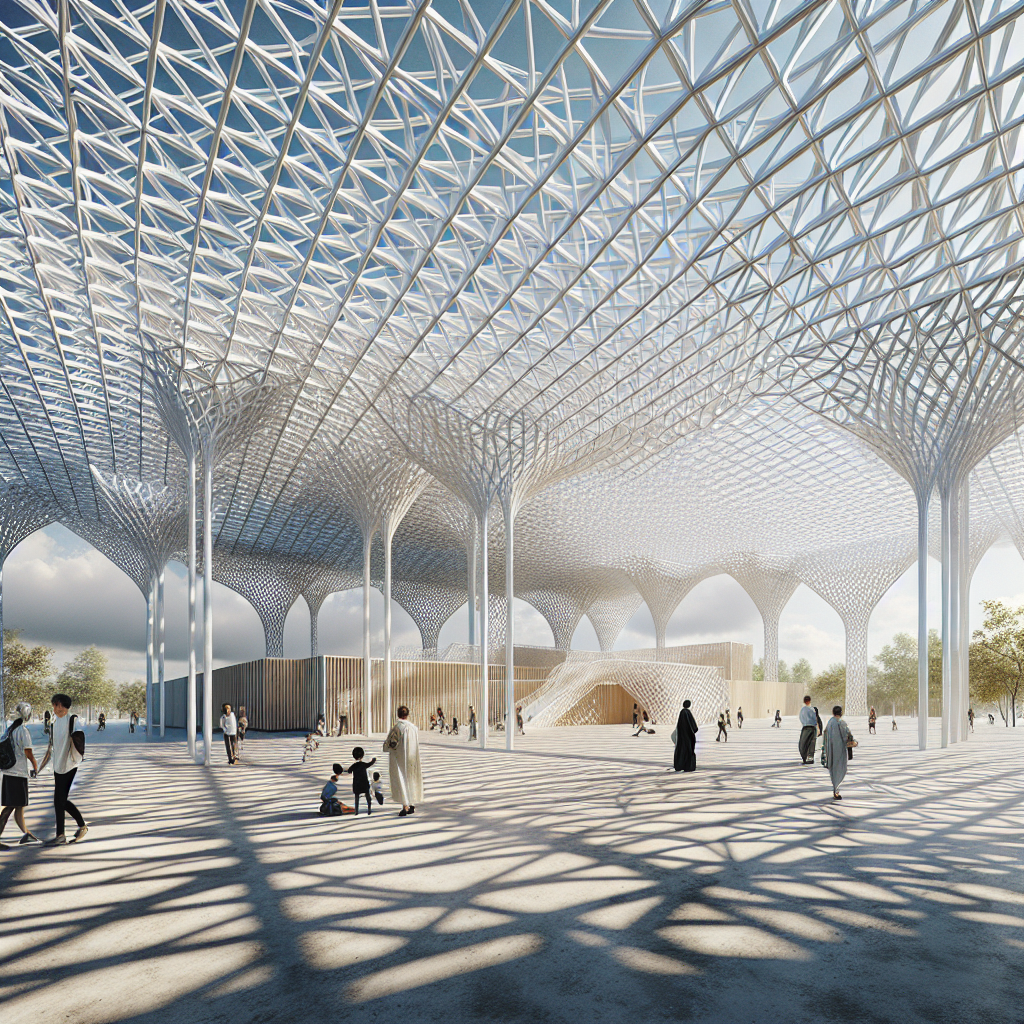
Framing Empty Space: Minimal Exoskeletons Highlighting Negative Areas
In contemporary architecture and design, the dialogue between presence and absence has never been more compelling. While the 20th century celebrated monumental structures and expressive façades, the 21st century is increasingly defined by the art of restraint. Architects and designers are experimenting with minimal exoskeletons—lightweight frameworks that emphasize voids rather than solids, highlighting the power of negative space as a central design element. This approach reframes emptiness not as a lack, but as a profound architectural gesture, where structure becomes a delicate outline and space itself becomes the protagonist.
The Architectural Significance of Negative Space
Negative space, a concept deeply rooted in visual arts and sculpture, has long influenced architecture. From the courtyards of Islamic architecture to the shoji-screen partitions of Japanese interiors, emptiness has been celebrated as a medium of contemplation and balance. Today, this principle is being reinterpreted through minimal exoskeletons—architectural frameworks that frame, suspend, or suggest form without enclosing it.
These skeletal structures, often fabricated from steel, aluminum, or carbon composites, act as spatial outlines. They define boundaries without walls, creating a paradoxical presence of absence. In urban contexts, such frameworks carve out plazas, pavilions, and walkways that invite interaction while preserving openness. Indoors, they shape interiors where furniture, lighting, and circulation patterns are orchestrated around voids rather than mass.
Minimal Exoskeletons as Urban Interventions
Across global cities, designers are increasingly deploying minimal exoskeletons as urban punctuation marks. Consider Sou Fujimoto’s “Serpentine Pavilion” in London (2013), where a cloud-like lattice of white steel rods created a porous volume that blurred the line between architecture and atmosphere. Visitors navigated a space that was simultaneously built and unbuilt, its lightness amplifying the surrounding greenery.
Similarly, the rise of parametric design has enabled architects to craft exoskeletons that respond to environmental conditions. These frameworks can be algorithmically optimized for shading, airflow, or acoustics, turning absence into a performative element. The result is a new form of responsive architecture where voids are as functional as solids.
Interior Design: Framing Emptiness
Inside residential and commercial spaces, minimal exoskeletons are being used to choreograph spatial perception. Furniture designers, for instance, are experimenting with skeletal seating and shelving systems that highlight the voids they enclose. A chair becomes less about its material presence and more about the air it frames. This echoes the growing fascination with negative space furniture, where emptiness itself becomes an aesthetic and functional statement.
In luxury interiors, exoskeletal partitions and lighting installations are used to define zones without heavy walls. Imagine a dining area subtly delineated by a suspended brass framework, its geometry casting shadows that shift throughout the day. Such interventions elevate interiors into living compositions, where light, shadow, and void orchestrate atmosphere.
Material Innovation and Sustainability
The embrace of minimal exoskeletons aligns with broader shifts toward circular economy design and material efficiency. By reducing the amount of matter required to define space, these skeletal frameworks embody a sustainable ethos. Architects are increasingly exploring recycled metals, lightweight composites, and even engineered timber to construct exoskeletons that are both structurally sound and environmentally responsible.
Moreover, the modularity of exoskeletal systems allows for disassembly and reuse, a critical advantage in an era where adaptability and longevity are paramount. As cities grapple with density and climate resilience, these frameworks offer a way to build lightly, leaving minimal ecological footprints while maximizing experiential richness.
Case Studies: Emptiness as Experience
Several recent projects illustrate the potency of framing emptiness:
- OMA’s Prada Transformer (Seoul, 2009): A temporary pavilion composed of a steel exoskeleton that rotated to host different cultural events. Its form was less about enclosure and more about the dynamic voids it created.
- Junya Ishigami’s Kanagawa Institute of Technology Workshop (2008): A forest of slender steel columns defined an expansive interior where voids became the connective tissue of creativity.
- Studio Pei-Zhu’s Digital Beijing Building (2008): While more monumental, its gridded exoskeleton suggested a digital void, a façade that simultaneously framed and abstracted emptiness.
These examples reveal how minimal exoskeletons are not simply structural devices but conceptual instruments—tools for rethinking how we inhabit, perceive, and value space.
The Human Dimension of Framed Emptiness
Beyond aesthetics and sustainability, the appeal of minimal exoskeletons lies in their human-centric impact. By foregrounding voids, they create spaces that encourage reflection, pause, and interaction. In an era of overstimulation, such architecture offers rare moments of spatial silence. This aligns with the growing movement toward biophilic and wellness-oriented design, where emptiness is not a void to be filled but a canvas for human experience.
Psychologically, framed emptiness can evoke a sense of freedom and openness, countering the claustrophobia of dense urban environments. It allows occupants to project their own meanings onto space, fostering adaptability and personal connection.
Future Directions: From Frameworks to Atmospheres
As digital fabrication and computational design advance, the potential of minimal exoskeletons will expand further. Emerging technologies such as parametric algorithms and robotic assembly are enabling architects to craft skeletal frameworks of unprecedented intricacy and precision. These systems will increasingly function as atmospheric devices, modulating light, acoustics, and climate while maintaining their visual lightness.
In the coming years, we may see exoskeletons integrated with smart materials that shift opacity, emit light, or harvest energy. Imagine a skeletal pavilion that glows at night, powered by embedded photovoltaics, or an interior framework that subtly adjusts its geometry in response to human movement. Such innovations will transform emptiness into an active medium, a living participant in architectural experience.
Reframing the Narrative of Architecture
The rise of minimal exoskeletons underscores a profound shift in architectural values. Where once solidity and monumentality defined greatness, today lightness, adaptability, and emptiness are emerging as new measures of sophistication. This is not a retreat from architecture’s role as shelter or symbol, but an expansion of its expressive vocabulary. By framing emptiness, architects are not only designing structures—they are designing perceptions, atmospheres, and possibilities.
In a world increasingly conscious of material limits and environmental fragility, the ability to create meaning through absence may prove to be one of architecture’s most radical and enduring contributions.
Framing empty space is not about what is built, but about what is revealed. The minimal exoskeleton, in its elegance and restraint, reminds us that sometimes the most powerful architecture is the one that dares to step aside and let emptiness speak.
